
Unlock the true potential of your data
Data is complicated—but using it shouldn’t be
Data Science Factory is always generating new components and services to help you automate workflows,
detect anomalies, assess risk, anticipate trends, and close care gaps.
Self-service, easy-access analytics library
Open architecture with specialized micro-services
Population-level insights based on aggregate data
Partnership opportunities for clients with specific needs
Dynamic trend analyses and predictive forecasting tools
Solutions that fit like a glove
Once all your population data is ingested and cleaned, our data scientists will work with you to create AI and machine learning (ML) enabled solutions that perfectly fit your unique needs and team goals.
With a microservices-based architecture, we have the depth and flexibility necessary to curate models that are both effective and simple to use—optimizing user experience and accelerating your response time.cw
How to use Data Science Factory
Differentiate from your peers with guided analyses
| Natural language generation capabilities make it easier than ever to really listen to your data | 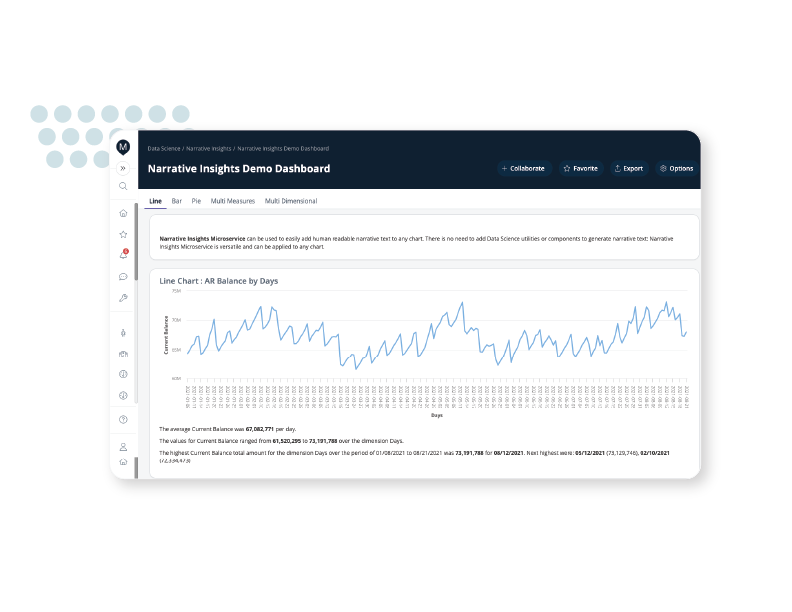 |
| Early detection of unusual patterns in vast amounts of data keeps you one step ahead of system inefficiencies and potential health crises | 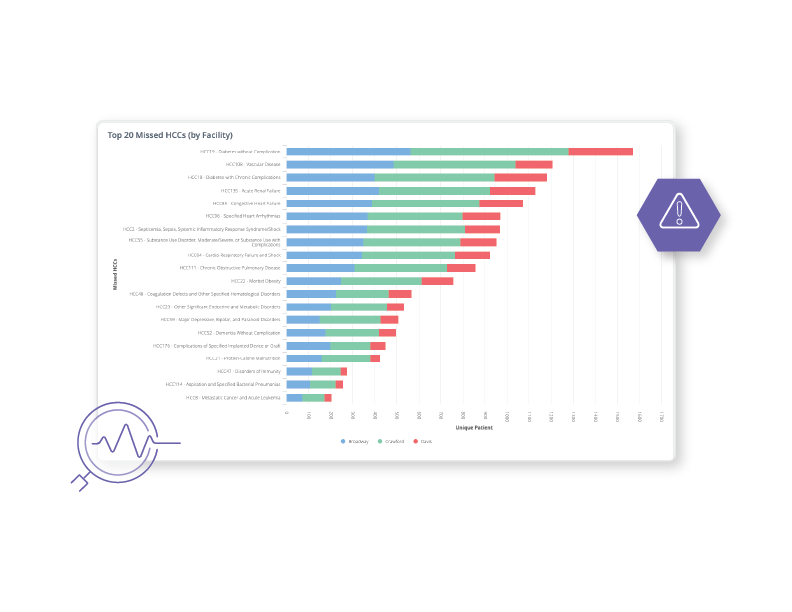 |
| Machine learning models compare providers fairly across key metrics and help you target realistic improvement goals | 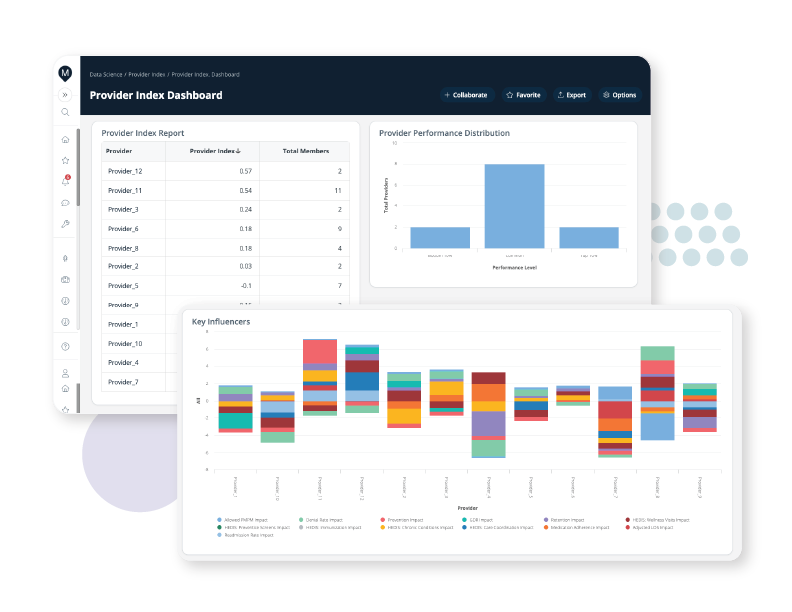 |
| Robust statistical methods adjust for inherent risks and biases to give you a clear, accurate evaluation of physician performance |  |
| Visibility into activity between PEPPER reports helps you track the impact and assess outcomes of change initiatives | 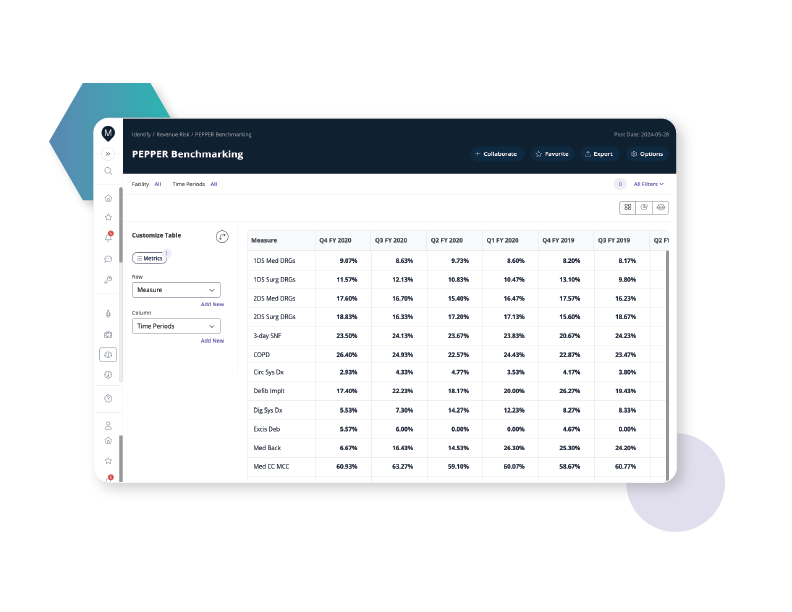 |
| Using advanced machine learning techniques,we can help hospitals better understand and predict its denial probability, likelihood of positive re-adjudication, and expected time to payment. This predictive capability helps organizations better manage cash flow and optimize financial operations |  |
| Robust detection algorithms sift through member/patient data and operational metrics for atypical transactions, providing the information you need to remediate errors and prevent financial misconduct |  |
Forecast needs and outcomes with predictive analytics
| Analytical rules account for seasonal variation and standard anomalies, enhancing the accuracy of your claims analysis and financial expectations |  |
| A sophisticated forecasting model helps you anticipate patient utilization trends and prepare more effectively for fluctuating patient flow | 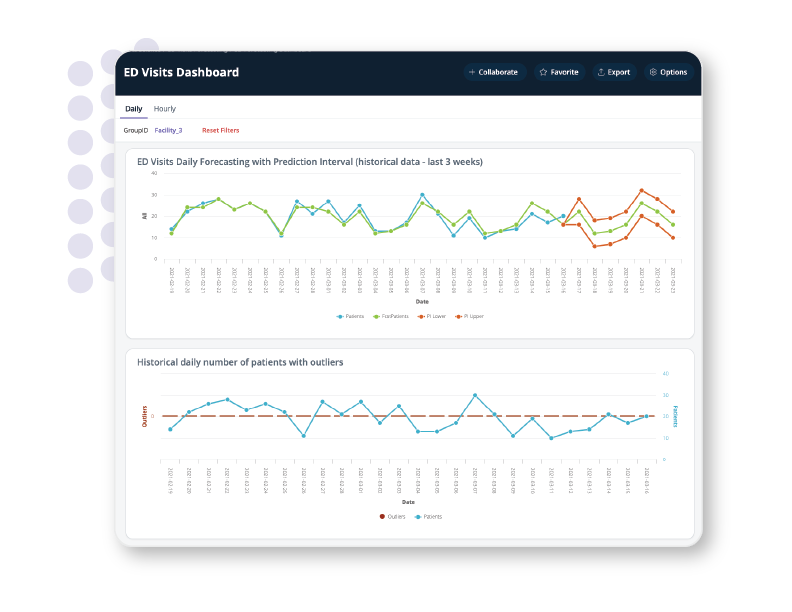 |
| Specialized pattern recognition and prediction capabilities enable you to understand and anticipate critical trends in prescription claims and patient safety | 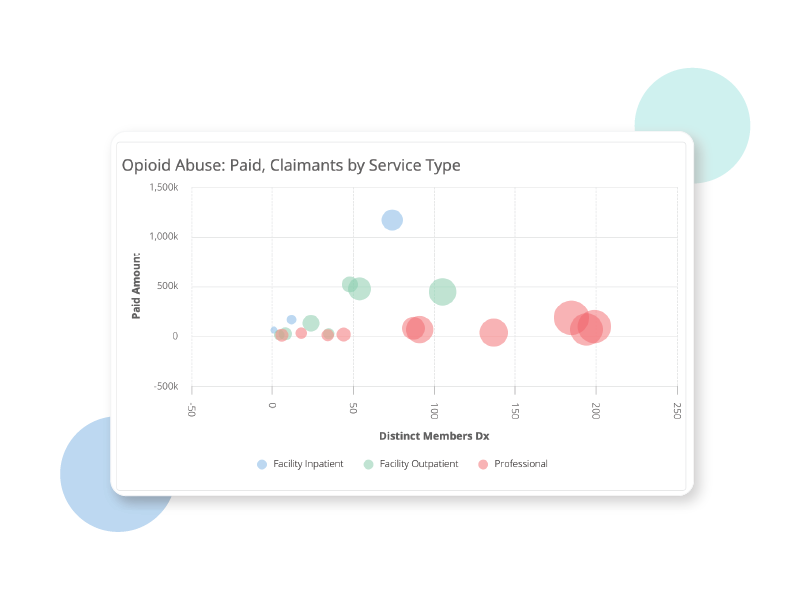 |
| Precise risk assessments offer insight into likely readmissions, guiding you to implement targeted interventions and improve care outcomes |  |
| We use deep learning AI models with claims data to identify patients who may be missing diagnoses/HCCs to support patient care and outreach strategies | 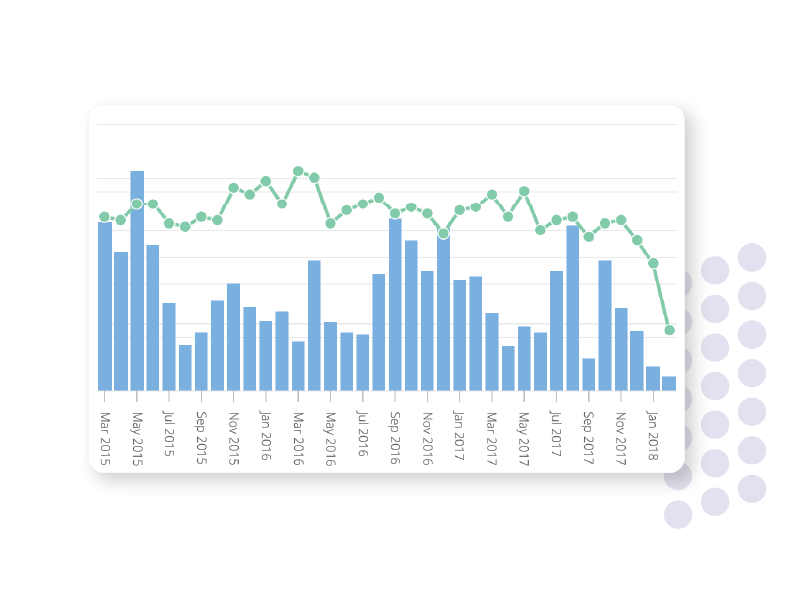 |
| The HCC Grouper assigns codes to patient diagnoses and groups individuals based on severity and complexity, aiding you in forecasting needs, adjusting resource allocation, and managing costs effectively |  |
| Population risk stratification enables segmentation based on risk algorithms, predicated on Johns Hopkins Adjusted Clinical Groups (ACGs) to predict patient health and cost over time | 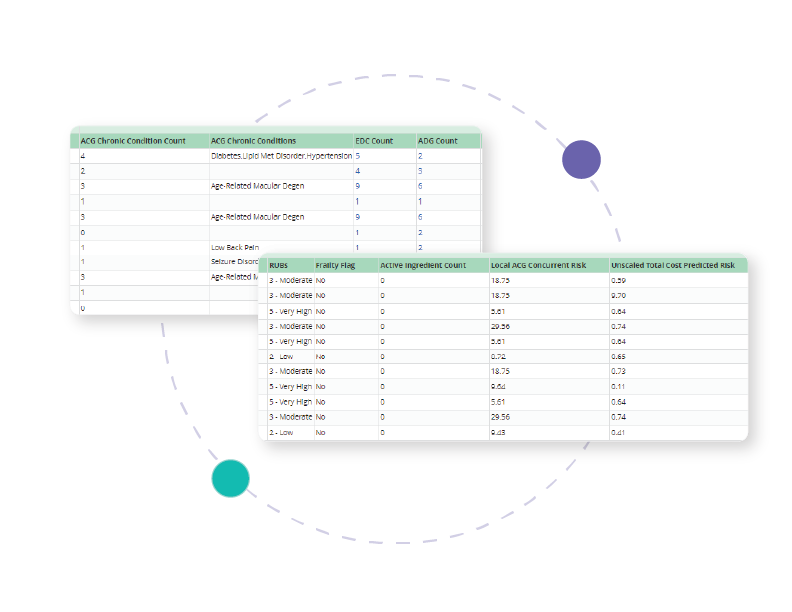 |
How to introduce Data Science Factory to your team
Crawl: Bringing Data Science into your Organization
Throughout my career as a data scientist, I’ve been lucky enough to have a few opportunities to build data science teams, processes, and models from the ground up. Introducing data science into your organization can feel overwhelming, so I’ve put together some recommendations to help you along the way. While it’s incredibly tempting to jump…
Keep readingWalk: Bringing Data Science into your Organization
In this three-part series, we’re exploring a tiered approach to introducing and incorporating data science into your organization. In Part One: Crawl, we discussed how to get started from scratch. Today in Part Two: Walk, we’ll address issues that may emerge and how to overcome them, how to build out a dedicated data science team, and more.
Keep readingRun: Bringing Data Science into your Organization
In this three-part series, we’ve been detailing a tiered approach to introducing and incorporating data science into your organization. In Part One: Crawl and Part Two: Walk, we discussed how to get started from scratch and start building out a dedicated data science program. Today, we’ll dive into the third and final phase to see how to grow quality, centralize governance, incorporate user feedback, and more.
Keep readingExplore more
Watch our conversation exploring how explainable artificial intelligence (xAI) can help your organization turn massive, complex data sets into straightforward, strategic action steps.
Watch the playback, and start expertly navigating the journey towards a value-driven healthcare future.
Three ways to improve patient retention in recovery programs
Deaths from drug overdoses have increased from ~1 per 100,000 in 1999 to ~4 per 100,000 in 2020.1 The introduction of fentanyl has only exacerbated and accelerated this crisis, driving a 282% overdose death increase between 2016 and 2021.2 Despite expansion of evidence-based treatments (e.g., buprenorphine), only about half of patients stay in treatment, limiting their chance at recovery.3,4 Healthcare organizations need better avenues for identifying why patients are dropping…
Keep reading...Using consumer analytics to steer health-related decisions
Companies tap into what people like to eat and drink, how we purchase consumables, where we like to shop, what shows we might like to stream, whether we vote, and so on. If you have ever created a profile on a streaming application (think Netflix or Amazon), you will receive recommended books, movies and other items just as soon as you start surfing.
Keep reading...Want to talk with one of our experts?




